Eastern Skywalker Medicine 1
Original price was: € 77.00.€ 38.50Current price is: € 38.50.
Onça Sky Walker series are single feather medicine pieces, offered in hand crafted wooden case. Each feather is accompanied with a personalized prayer-poem assigned to the particular bird species. The feather was ethically purposed by Jarow Berlin. This poem case is dedicated to the Hawk, gatekeeper of the East, is associated in Native tradition with clear vision, both its own and that of others.
Birds are seen as messengers of the Divine who provide humans with a bridge between the mundane and the spiritual life. Bird Spirit Guides generously offer their wisdom to those who desire to seek it out. The “Sky Walker Series” make superb gift to any shaman, wizard, nature lover and spirit seeker.
HAWK + MEDICINE + POEM
DETAILS: The Steppe Adler feather fastened with copper bead and a bail, has a size of 17 cm. The hand painted, storage box size is 20,5 x 5 x 4 cm with total weight of about 60 gr. The box is inlayed with faux fur and it was polished with pine tar and anointed with holy oil.
“Religion is for people who are afraid of hell. Spirituality is for people who have already been there.” – Running Hawk, Lakota Nation
HOLY BIRDS
1. Hawk
The hawk falls in love once and for all. The first love for him will probably remain the only one. Even if there are further relationships, part of it will remain hidden, without ever giving himself completely to his partner. According to Mayan mythology, the hawk landed on top of a world tree, watched over the harmony of human relations, and watched the world of the dead invade the world of the living. The deer under whose sign the conception took place brings an element of decency and striving to preserve traditions, but it must be remembered that the Hawk, although a wise bird, is not inclined to take an active and vital position and sometimes, unnecessarily, he says. straight the truth in the eyes.
The hawk helps inspire clear thinking and seeing with its truth and honesty. They are reliable “warriors of truth” and can be depended on to give the message clearly as possible. Native people rely on the hawk to protect them through dozens of methods, mostly as messengers of warning. A crying hawk might be seen as a warning, while one dive-bombing the individual (as they do to a raccoon) may be seen as a challenge. The journey into the realm of the supernatural is considered a dangerous one, and it would be considered foolish to go into such realms without a protector, and that usually means a hawk.
The Harpies
The Harpies were minor goddesses in Greek mythology, and were the personification of storm winds. The Harpies were generally blamed for the sudden disappearances of individuals, but more famously, the Harpies appeared in the tale of the Argonauts, when the band of heroes encountered the Harpies as they tormented King Phineus. The Harpies are generally considered to be the offspring of the ancient sea-god Thaumas, and the Oceanid Electra; which would make the Harpies sisters to the messenger goddess Iris.
Occasionally, it was said that instead that the Harpies were the daughters of Typhon (Typhoeus), the monstrous storm giant who was the husband of Echidna. Generally speaking there were considered to be two Harpies, with Hesiod naming them as Aello (Storm-Wind) and Ocypete; though Homer names only one Harpy, Podarge (Flashing-Footed). Other writers in antiquity give the name of the Harpies as Aellopus (Storm-Footed), Nicothoe (Racing-Victor), Celaeno (Black-One) and Podarce (Fleet-Footed), though, of course, some of these might be different names for the same Harpy.
The Harpies were the Greek goddesses of storm winds or whirlwinds, as several of the Harpies’ names suggest, and were often perceived to be the personification of the sudden and violent gusts of winds. When people disappeared mysteriously, the Harpies would be blamed, with people often believing that the disappeared had been snatched away by the winds.
NATIVE AMERICAN BIRD MEDICINE
Traditional Native Americans have considered birds their allies for at least ten thousand years. Birds bring many blessings and play many roles in the life of indigenous people. They are messengers, healers, communicators, guardians, life changers, teachers, meteorologists, musicians, storytellers, role models, and more.
Bird Medicine is a worldwide tradition that finds its most beautiful and sincere expression in Native American culture. Still free of formalism and formulas, without pomp or platitudes, this tradition continues today within Native American culture as a joyous, spontaneous exploration of the bond connecting what we call nature, what we call God, and what we call ourselves. In fact it is the place where the three merge and become one force, one spirit. It is one area of earthly physical reality that is still completely untamed and unharnessed and blissfully unfathomable to the human mind.
As long as we don’t kill the messengers by destroying their habitats, we should be able to rely on receiving these messages from beyond the blue horizon for eons to come. But perhaps that is asking for a miracle beyond what even birds can offer.
THE BIRDS OF THE FOUR DIRECTIONS
In the larger Medicine Wheel of all the animals, all the birds are in the South, presided over by a grandfather and grandmother eagle. They are associated in that wheel with the element of air and the quality of wisdom, or “thinking big thoughts” (un-kee-das-see-wach’n in Mi’kmaq), which they and their feathers embody. Fire is to the East, water to the West, and earth to the North. But air is to the South of that wheel. The air element is associated not only with wisdom, but with thought, speech, and communication in general. Birds embody these powers. It is the direction of messengers, and to the Mi’kmaq, most birds arrive from the South in the springtime, bringing messages for the coming year. So there are wheels in each of the four directions of the larger one, and perhaps others we don’t know about.
According to Robert Young Eagle, an elder member of the Setalcott Nation of Setauket, New York, one of the thirteen Matouac nations of Long Island, there are four sacred birds that are associated among his people with the four cardinal directions of the Medicine Wheel. These are eagle, hawk, crow, and owl. The eagle is in the North, the hawk is in the East, the raven (or crow) is in the South, and the owl is in the West. According to this teaching, these four powerful gatekeepers look after the other birds.¹ The four gatekeepers, the eagle, hawk, raven, and owl, are not the only birds to which Natives look for signs by any means, but they are all strong birds and can be our protectors in various ways.
E N E R G E T I C S
☾ Becoming Bird
Archaeological, iconographic, ethno-historic, and ethnological sources reveal a wide range of traditional human-raptor interactions in Mesoamerica. Raptors – including vultures, hawks, eagles,owls, and falcons – have played a significant role in Mesoamerican cultures dating back to at least 500 BCE. In many prehistoric, historic, and contemporary Mesoamerican societies, raptors are members of a shared human lifeworld, where they provide messages and omens, are sources of spiritual power, link humans to the world of sacred and spirit beings, and serve as important emblems and aspirational identities for various human activities including leadership and combat.
Black hawk-eagles in the Yucatan serve as omens, and our Mopan Mayain formants in Belize told us that when the kuxkuxkapi, or black hawk-eagle, calls between 10:00 and11:00 a.m., it is a sign that Satan, its boss, is having lunch. The Zapotec speakers of San Miguel Tiltepec in Oaxaca, Mexico, consider most birds of prey as omens, though the black hawk-eagle is especially auspicious, portending good fortune for a family that observes one near their house, or for individuals who suddenly hear or encounter one in the forest. On the other hand, they consider other raptors, such as the zone-tailed hawk, sharp-shinned hawk, or calling and circling red-tailed hawks as bad omens.
☾ Medicine Wheel
The ancestors of the Plains Indians left behind hundreds of stone circles, often laid out like the spokes of a wheel around a central cairn, or pile of rocks, and with other cairns placed at intervals around them. Archaeologists now believe that these medicine wheels, as they are called, helped Native Americans follow the progress of the year by charting the movement of the Sun and stars. Medicine wheels are associated with spirit forces, and the land on which they lie is sacred. Sacrifices and sacred items were often left within them.
☾ Sky Spirits
Many people shared the belief that the Milky Way, the broad band of faint light that can be seen in the night sky, was a“path of souls” to which people went after death. The Luiseño of California explain that the First People went to the sky when their work on Earth was done, taking their families with them and becoming star people. The Navajo think of stars as “friendly beings” because they lighten the night sky and also because the stars help them tell time and mark the seasons. According to Pawnee creation stories, their tribe is descended from the Morning Star. The Pawnee settled on the banks of the Loup, Platte, and Republican Rivers in Nebraska. In their tales Morning Star overcame the others and directed them to stand in their appointed places. Morning Star wed Evening Star, and their daughter traveled to Earth, where she married the child of the Sun and the Moon. From this union came the Pawnee people.
Everything in the world is inhabited by spirits, which can be grouped into several different kinds: The sky beings, such as star gods, the Sun, and the Moon. Spirits of the atmosphere, such as the four winds, whirlwinds, rain, and Thunder bird, a huge bird—perhaps like an eagle—whose flapping wings create thunder and whose flashing eyes create lightning. The rulers of animals and plants, such as Buffalo Spirit or Corn Spirit; also those connected with natural places such as mountains, waterfalls, and the sea. The powers of the underworld, such as Mother or Grandmother Earth, snakes and cougars, and the ruler of the dead. But birds an essential part of Native American spirituality.
Eugene Blackbear Sr., a noted Cheyenne arrow priest, says that many birds are sacred, including geese. “We respect our birds!” he says and adds, “People should respect nature, themselves, and their children.” He confirmed emphatically that living birds were sacred to the Cheyenne and that eagle feathers play a role in the restoring arrow ceremonies. He said that different nations from the East, West, and Great Plains have different traditions, but they respect each other, including each other’s bird traditions. According to Etaoqua, a Mohican woman, the Mohicans tend not to attribute as much special significance to the eagle as do most other nations but have an affinity to the hawk, which in a way serves to confirm what Blackbear has said: You can’t lump all Indians together.
☾ Birds and Burial Rites
We find that early human burials in the Levant (today’s Israel, Syria, Palestine, Lebanon), Cyprus, and in an early North American burial in Texas are united by a focus on birds that is strange to us, but logical given their close proximity to human activity and the sense of awe and wonder they still inspire.
The inhabitants of the West Indies in the Caribbean are quite familiar with the idea of spiritual flight and go to great lengths to make the human-avian connection. Eliade writes, “For instance, Laborde reported that the masters ‘also rub his (the neophyte’s) body with gum and cover it with feathers to make him able to fly and go to the house of the zemeen (spirits).’” Eliade notes that the birdlike costume and other symbols of magical flight are an integral part of Siberian, North American, and Indonesian shamanism.
As many societies believe the soul leaves through the mouth, it can be rightfully suggested that these ancient burials with a bird propped in the mouth of the deceased (or bird bones in mouth bones as we see now) were meant to ritually amplify the prayer that the person’s soul would not be trapped on Earth but would transcend to the highest realms.
It is a natural comparison; a belief in winged angels dates back beyond the earliest known cuneiform writings from Sumeria, and wings are a feature that is exclusive to birds, bats, and insects—not humans. Over time, most societies became earthbound and materialistic and turned away from bird spirituality, with exceptions like St. Francis of Assisi and Leonard da Vinci, who, like the legendary Icarus, wanted wings to fly like a bird. But countless traditional Native Americans I have spoken to, and most modern medicine man.
WORDS OF THE EAGLE.
Greeting, my child! Thanks, my child! Your younger brother down you did not throw, Donikí.
SONG OF THE EAGLES.—A SONG OF THE BEAD CHANT.
I.
Kinnakíye
there he sits,
When he rises,
there he sits,
We shall see,
there he sits,
He will flap,
there he sits.
an an.
Kinnakíye = Kinníki
Prayer from the “Seven Fires Prayers” (Commanda spoke at The Cry of the Earth conference at the United Nations in 1993)
☾ To Save All Bird Life (Large and Small)
We pray that our birds may still survive, for they too are suffering due to air pollution and earth damages of wood, berries, and other food supplies that they rely on to survive. The water pollution does not help matters any for our bird relations. They are being poisoned by these types of harm. We as people believe that when our bird relations are extinct, that all life will cease to exist.
EXPAND. FORESEE. CREATE.
🦋 Onça’s aim is to revive this sacred tradition, with symbolism for revival and regeneration, instead of judgment and punishment. The understanding of the cyclical power of Life and to show gratitude towards it, because without the seasons, our Earth would have been a very different place. Thanks to this story of transformation struggle, which blooms into fruitful harvest, we humans have existed. The wisdom here is to never forget how important for us is this balance of light and dark, summer and winter, sweet and sour.
🙏 Thank you for supporting our small business!
+++ DISCLAIMER +++
Jarow for OnçaRitualOfferings series are reclaimed, recycled and repurposed.
| Weight | 0.60 kg |
|---|---|
| Dimensions | 20.5 × 5 × 4 cm |
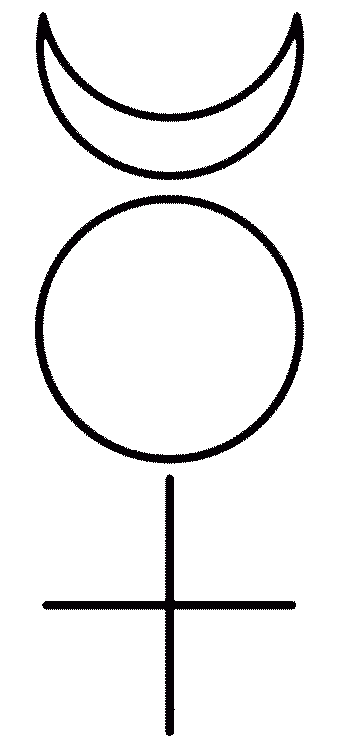
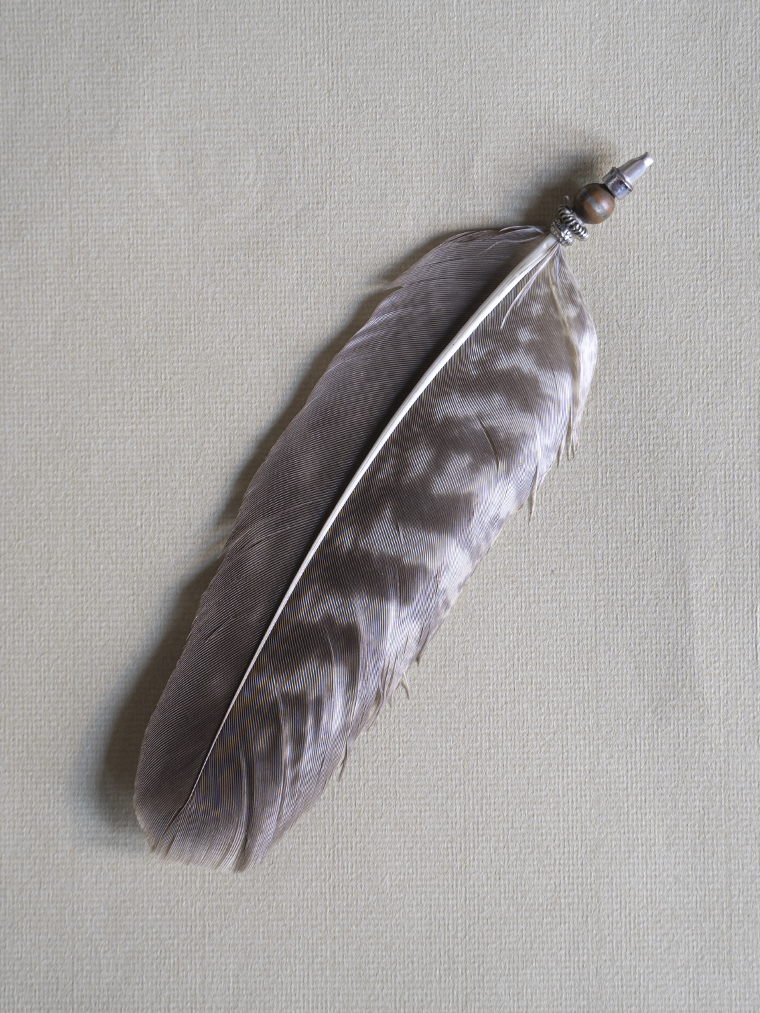
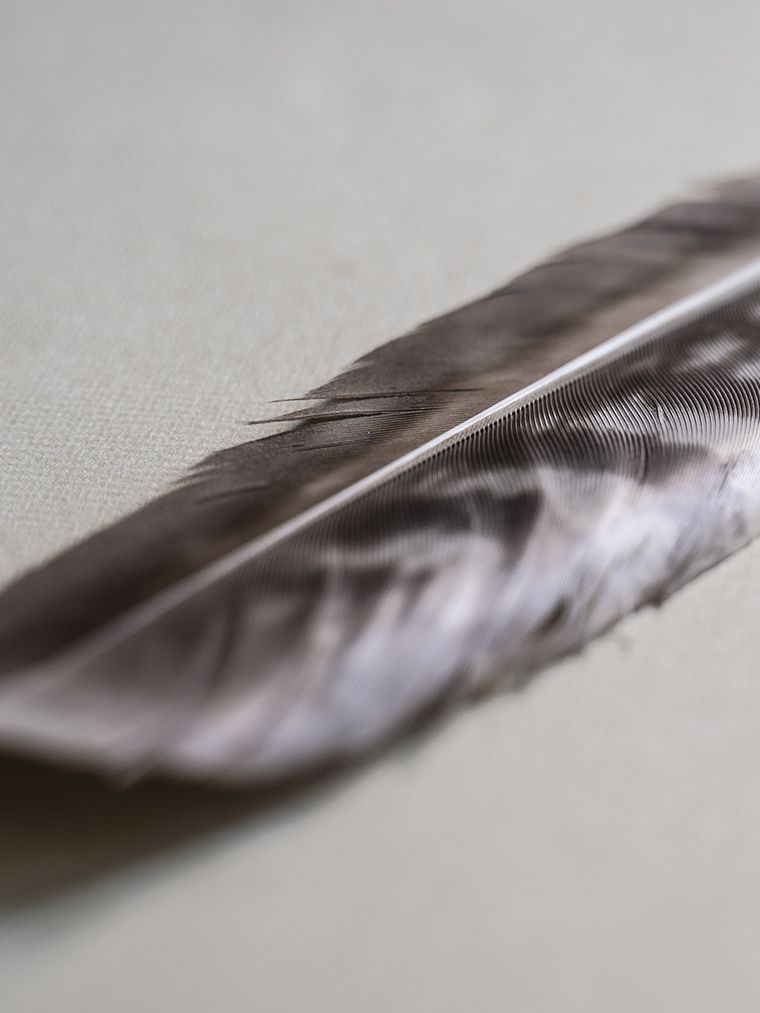
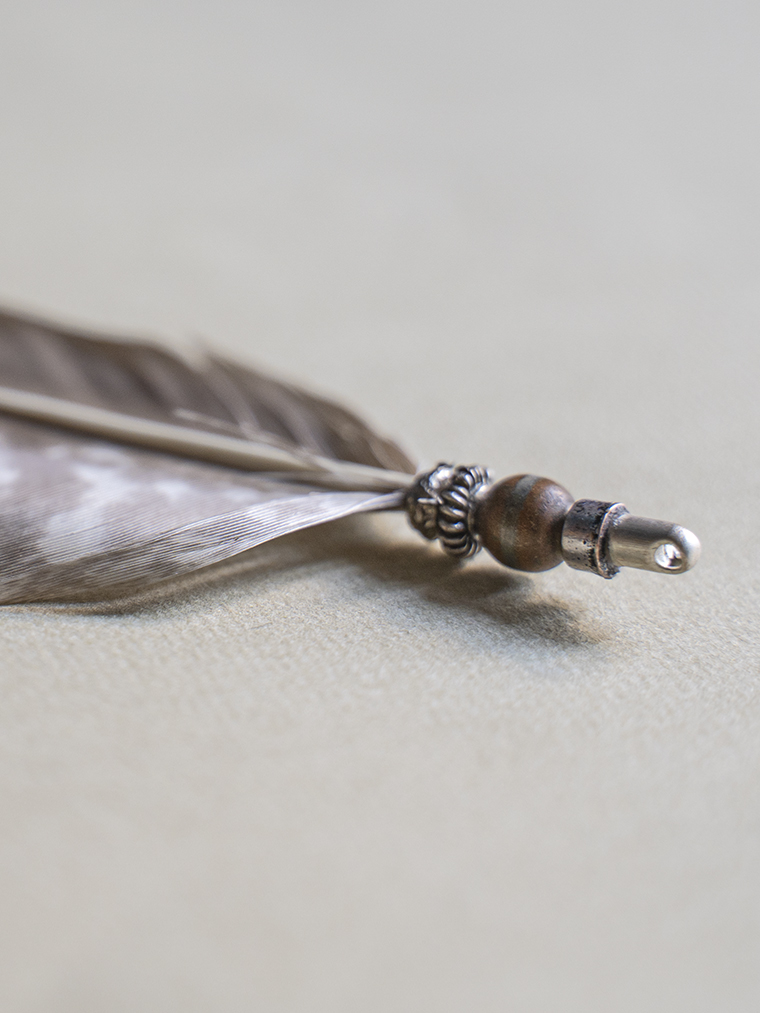
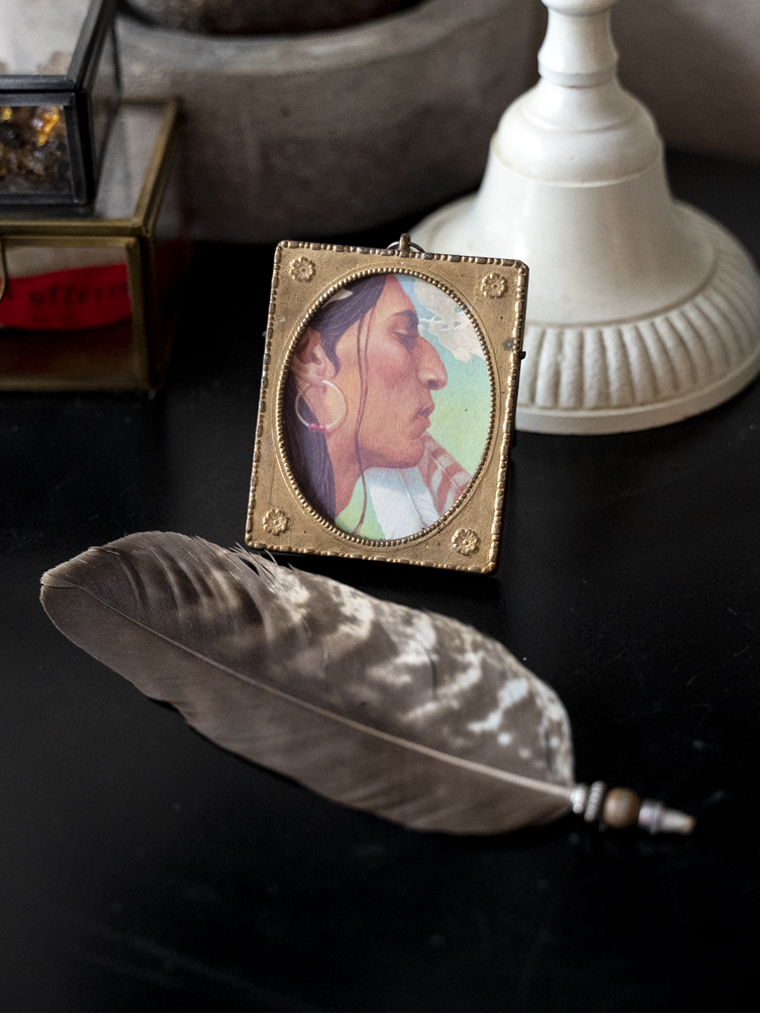
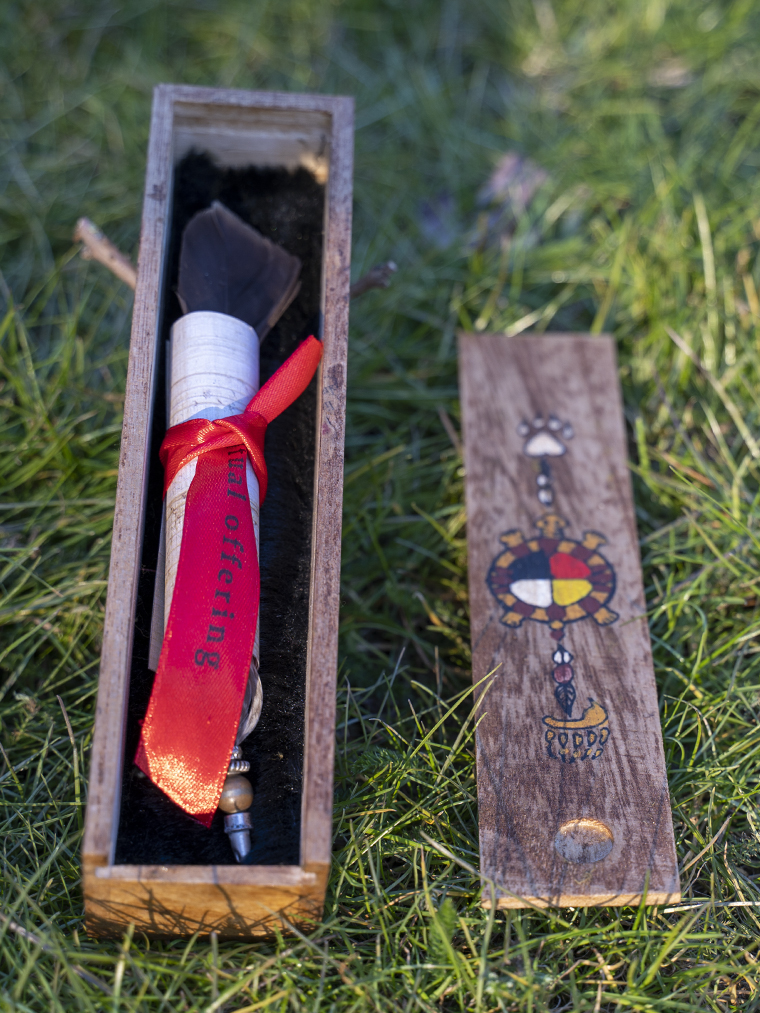
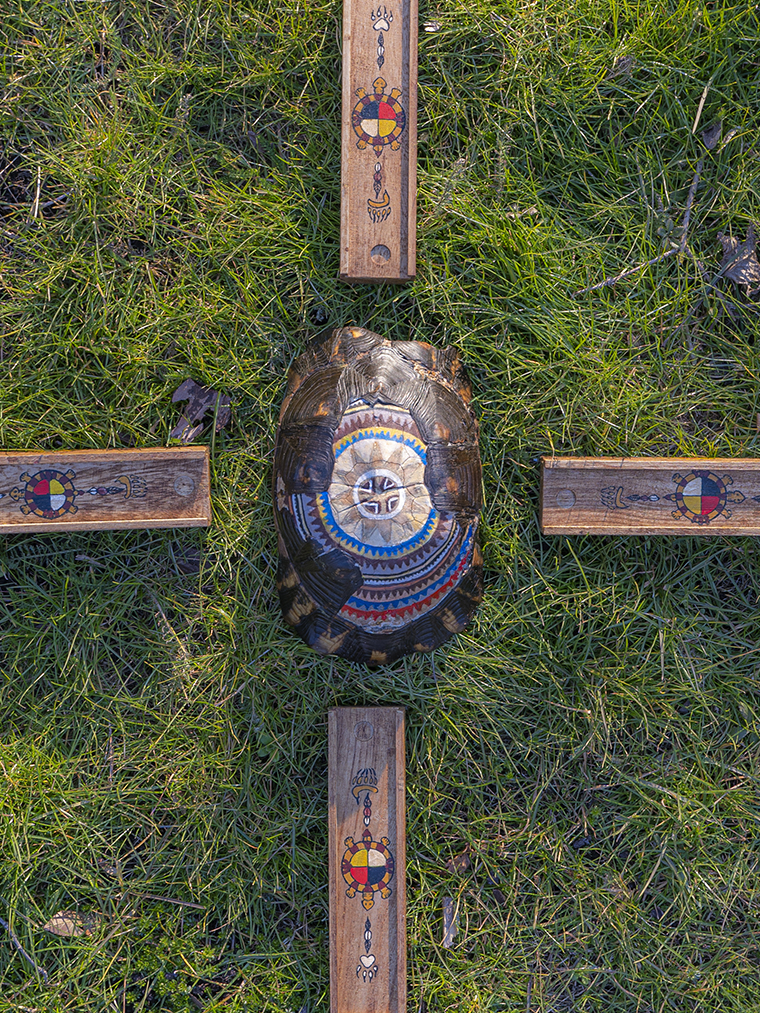
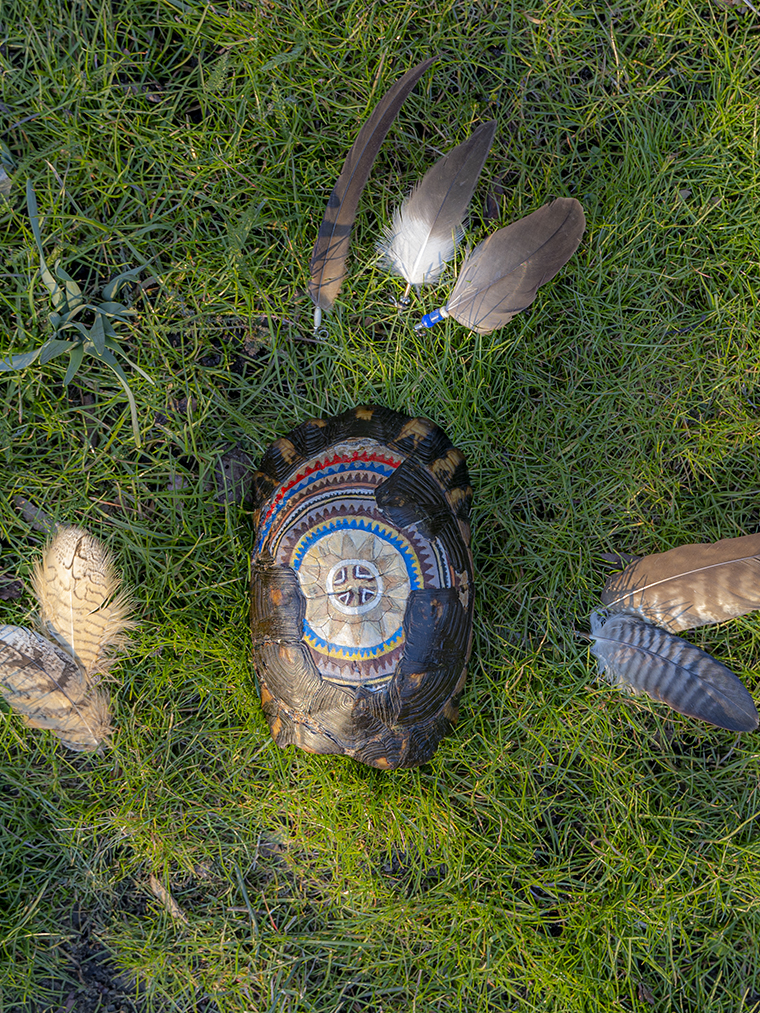
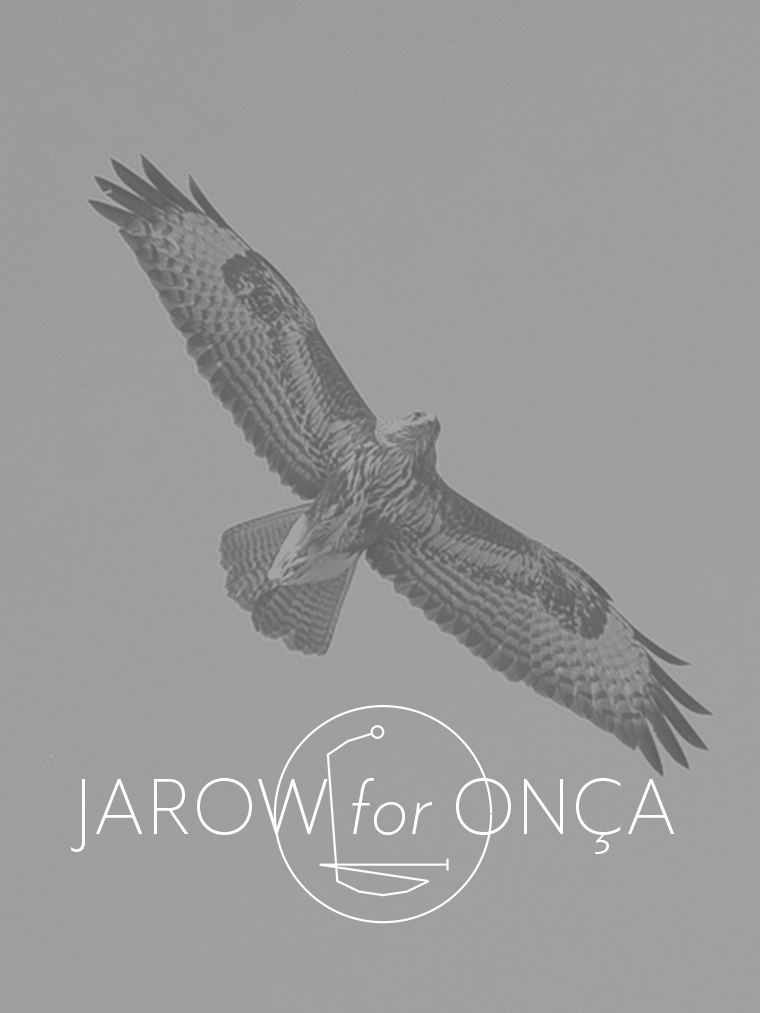
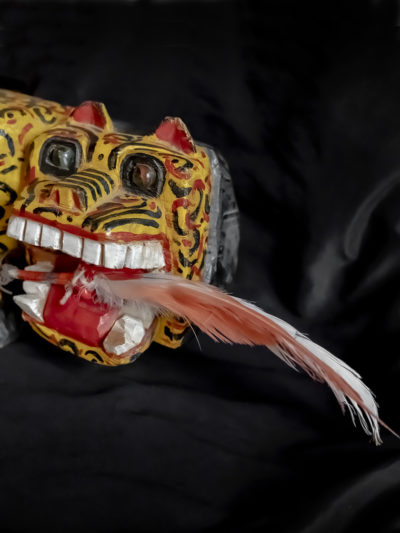
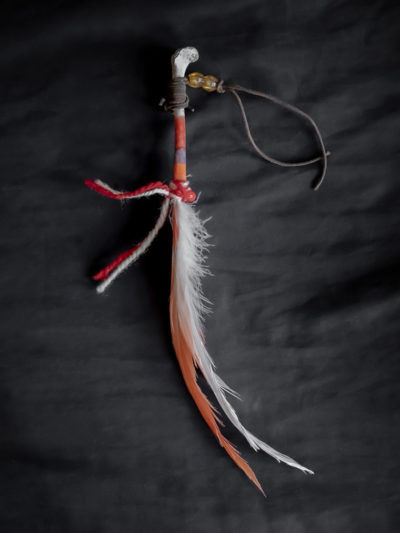
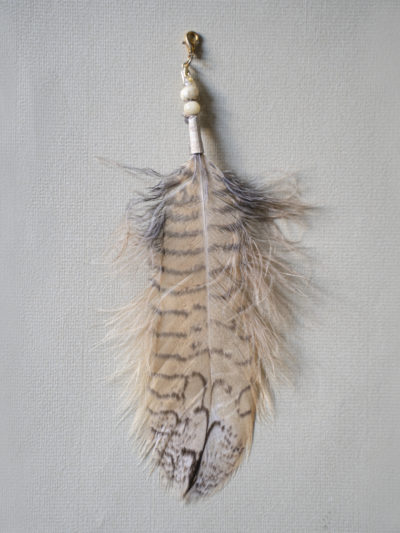
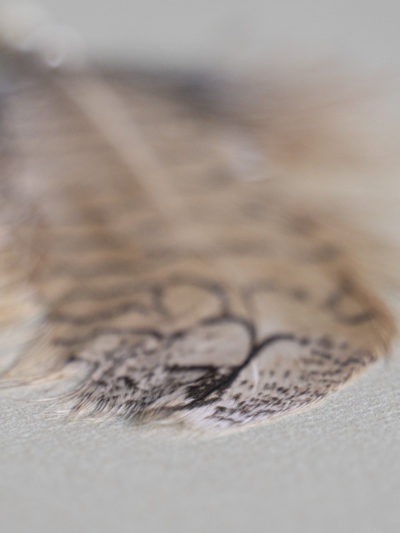
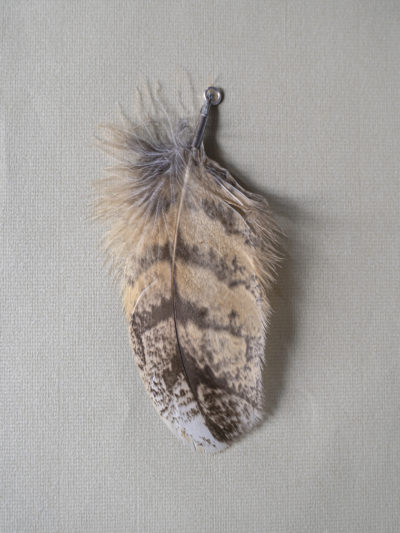
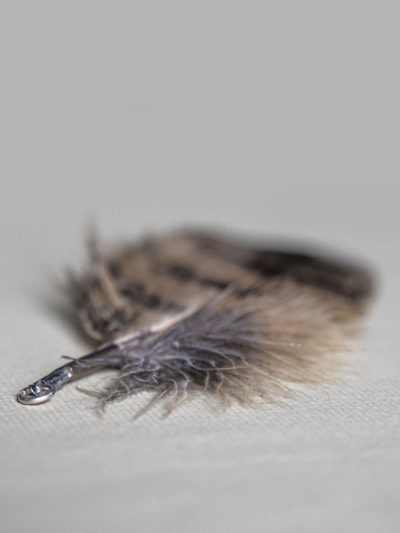
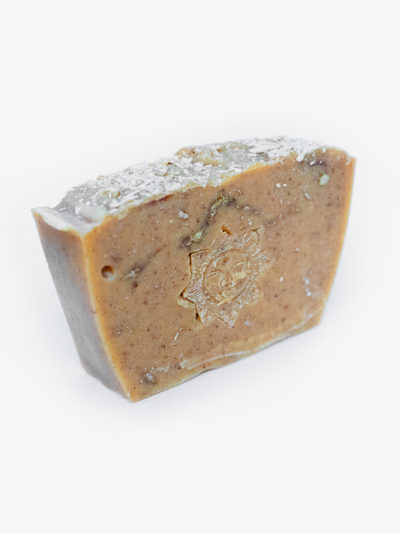
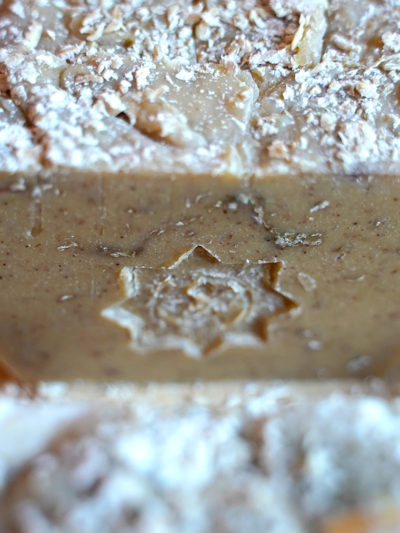
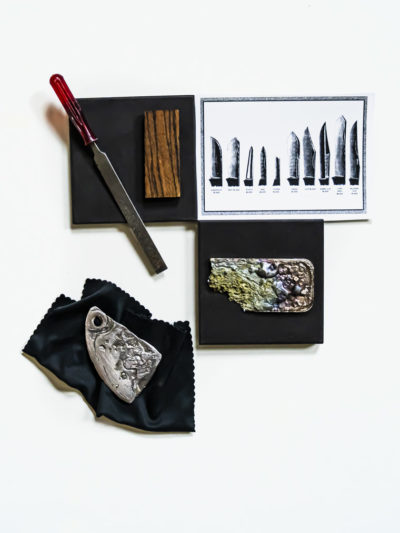
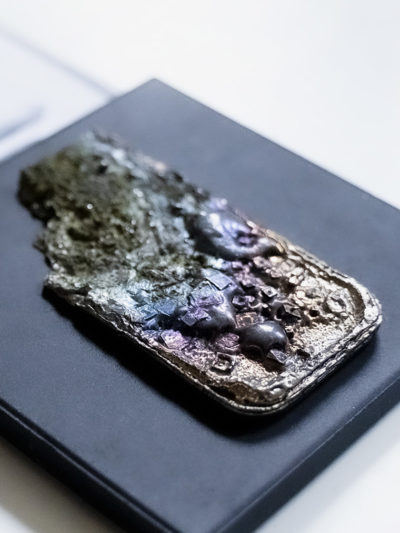


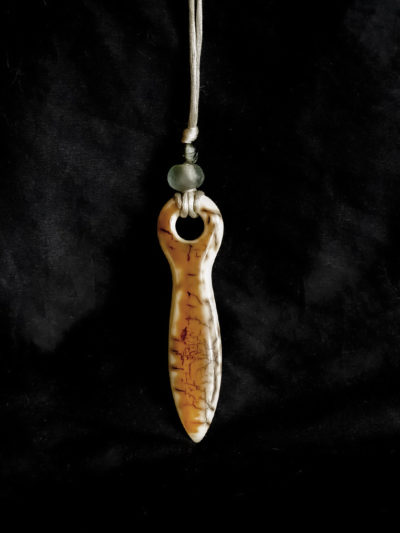
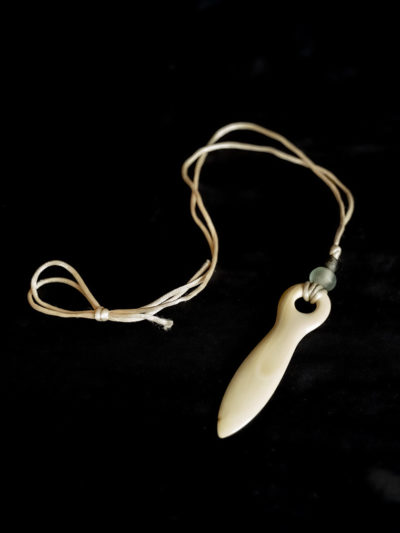
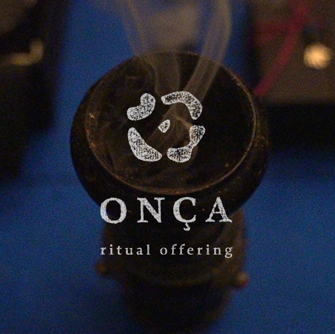
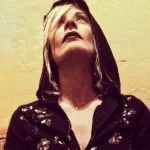


Reviews
There are no reviews yet.